Banking University of Ho Chi Minh City, Saigon University, University of Finance - Marketing, Open University of Ho Chi Minh City, University of Law of Ho Chi Minh City and Van Lang University, Thai Nguyen University and Banking Academy, Can Tho University and Tra Vinh University will use the results of the V-SAT computer-based university entrance exam for enrollment in 2025.
3 types of questions
The content of the V-SAT exam will be in the high school curriculum, mainly the grade 12 curriculum (about 90% of knowledge is in the grade 12 curriculum; about 10% of knowledge is in the grade 10 and grade 11 curriculum). Candidates will take the exam on a computer, in which the time for Math is 90 minutes; for English, Physics, Chemistry, History, Geography, and Biology is 60 minutes.
Accordingly, each exam has 3 types of questions: True/false multiple choice questions; paired multiple choice questions (matching) and short answer multiple choice questions.
For true/false multiple choice questions, there is usually a format outside the question area. This type of question consists of three columns, one column is a list of questions and the other two columns are blank boxes for candidates to decide whether to choose true or false based on their knowledge. Each question of this type usually has 4-5 true/false options.
For the multiple choice test, in addition to the question-lead part, this type of question consists of two columns, one column is a list of questions/questions and the other column is a list of answers. Based on a certain predetermined standard formula, candidates try to match the questions in this column with the answers in the remaining column appropriately. The number of questions in the two columns can be the same or different.
The question part is usually placed in the left column, the order of the questions/questions is indicated by numbers (1,2,3...): the answer part is placed in the right column, the order is indicated by Latin letters (A, B, C,...). To ensure the value of the questions and minimize the ability of candidates to guess, the number of choices in the right column is often designed to be larger than the number of questions in the left column.
In short answer multiple choice questions, candidates are required to find their own answer, rather than choosing an answer from a set of options. The answer may be a word, a number, a symbol or a phrase, or it may be a simple answer. This type of multiple choice question is often used to test the ability to remember important information, events or basic knowledge and concepts; to test the ability to perform a task; to test the ability to think and reason logically; to test the ability to apply learned knowledge to solve related problems.
The content of the exam questions aims to assess the ability to understand basic knowledge related to the field of Mathematics; the ability to read, think, and reason logically about that subject through provided data and learned knowledge; the ability to apply general knowledge to solve related problems.
The question structure is as follows:
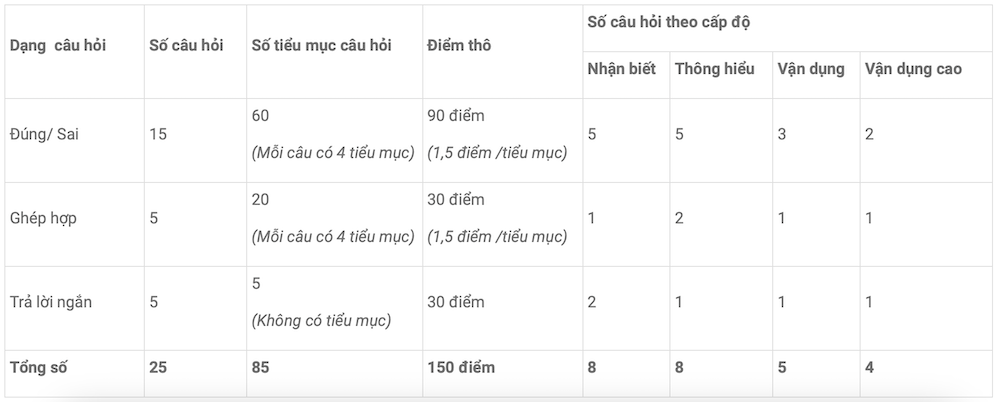
In terms of scoring, the tests are scored using both raw scores and ability scores. A candidate's raw score will be the total score the candidate achieves based on the number of sub-questions answered correctly. For true/false and matching question formats, each question has 4 sub-questions; each sub-question is worth 1.5 points for a correct answer. For short answer questions, each correct answer is worth 6 points. The total score for each test is 150 points.
In this test, to get the maximum score, candidates must answer all 85 sub-test questions completely and correctly. This is the difference and also the advantage of the V-SAT test format.
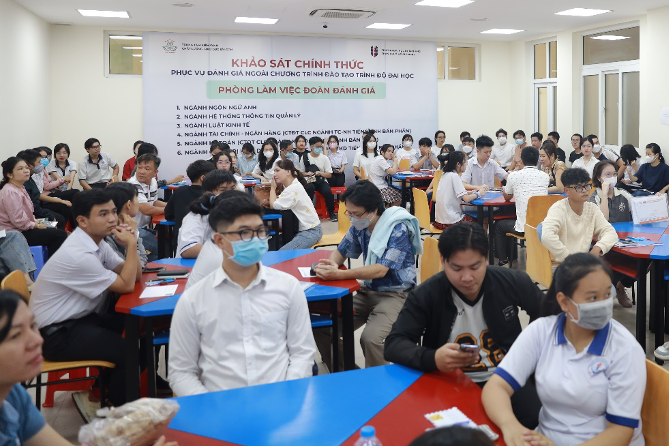
10 major universities organize their own entrance exams for 2025 enrollment

Ho Chi Minh City University of Technology informs about enrollment plan 2025
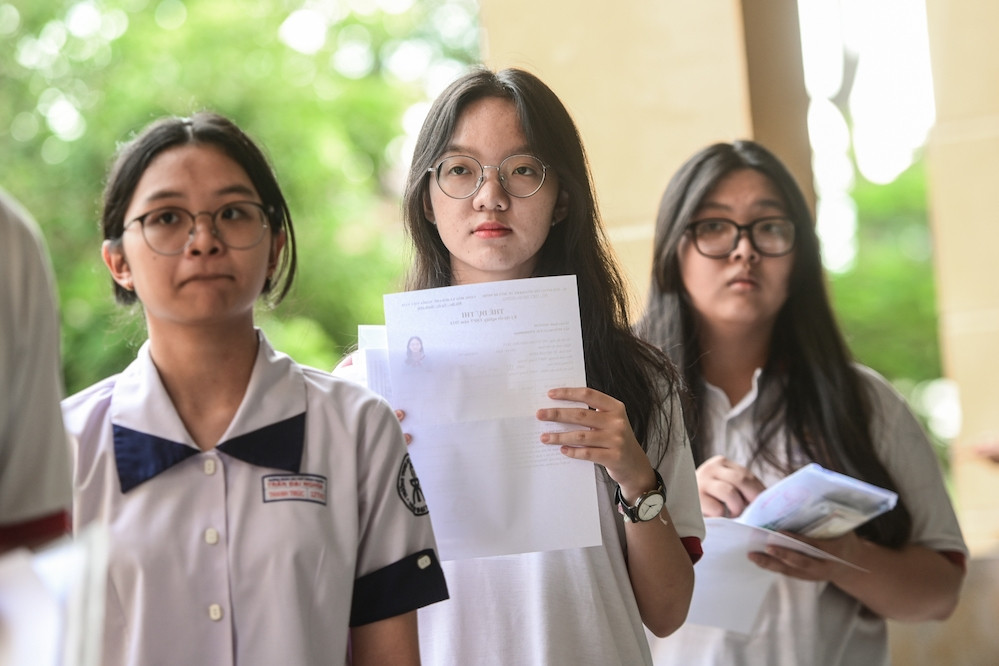
Many Southern universities announce enrollment plans for 2025
Source: https://vietnamnet.vn/de-thi-cua-10-truong-dai-hoc-lon-to-chuc-thi-v-sat-se-nhu-the-nao-2324683.html





![[Photo] President Luong Cuong attends special political-artistic television show "Golden Opportunity"](https://vstatic.vietnam.vn/vietnam/resource/IMAGE/2025/8/22/44ca13c28fa7476796f9aa3618ff74c4)
![[Photo] President Luong Cuong receives delegation of the Youth Committee of the Liberal Democratic Party of Japan](https://vstatic.vietnam.vn/vietnam/resource/IMAGE/2025/8/22/2632d7f5cf4f4a8e90ce5f5e1989194a)
![[Photo] Prime Minister Pham Minh Chinh chairs the conference to review the 2024-2025 school year and deploy tasks for the 2025-2026 school year.](https://vstatic.vietnam.vn/vietnam/resource/IMAGE/2025/8/22/2ca5ed79ce6a46a1ac7706a42cefafae)

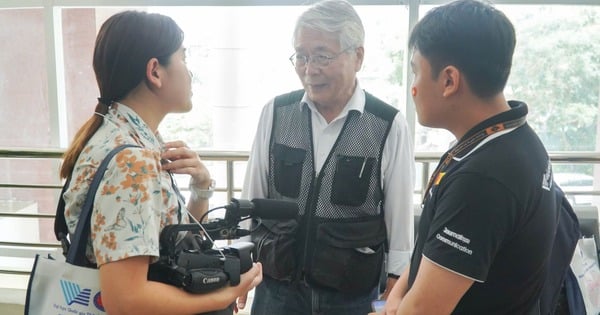


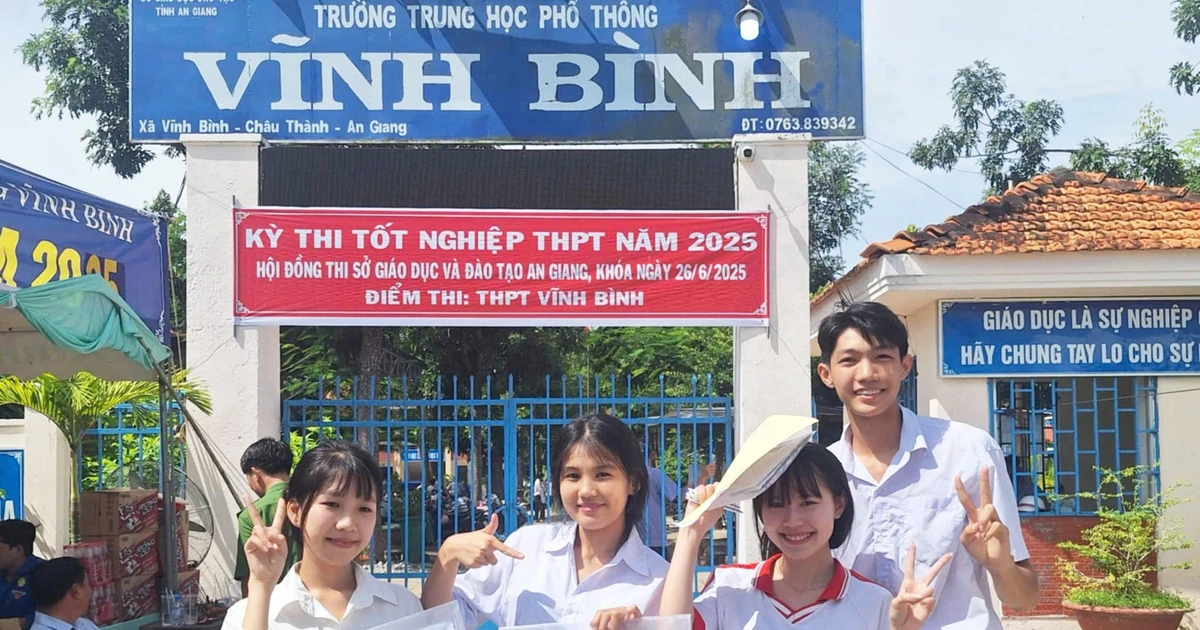


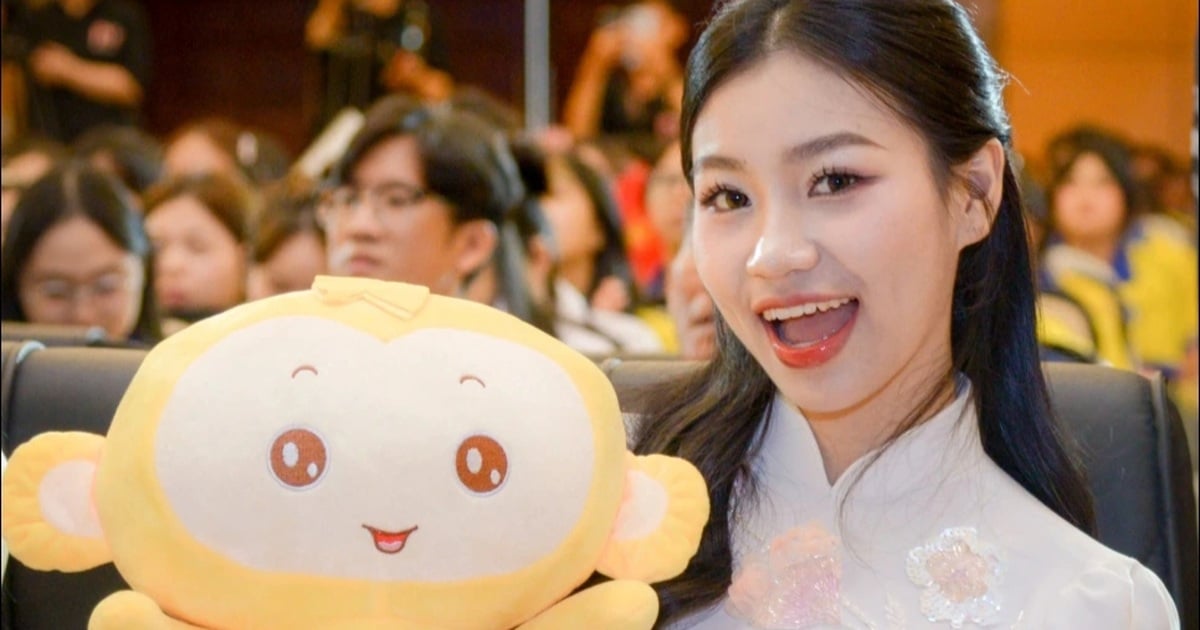

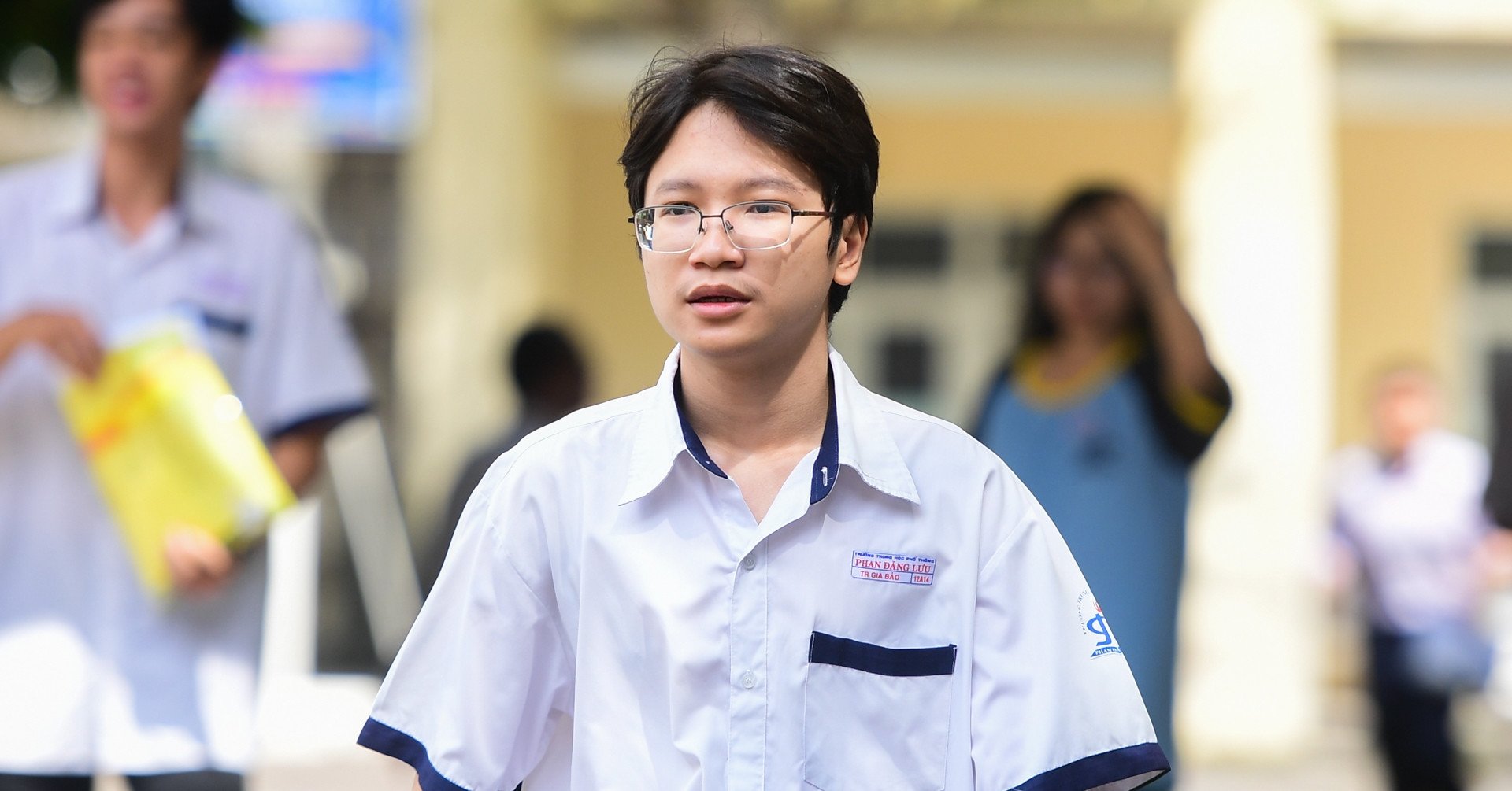
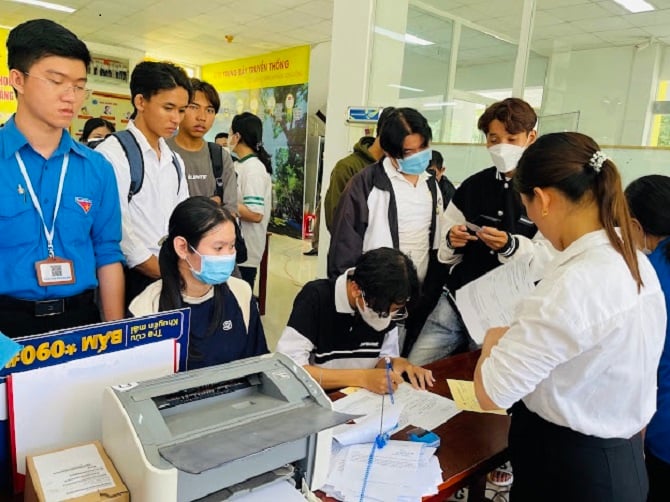

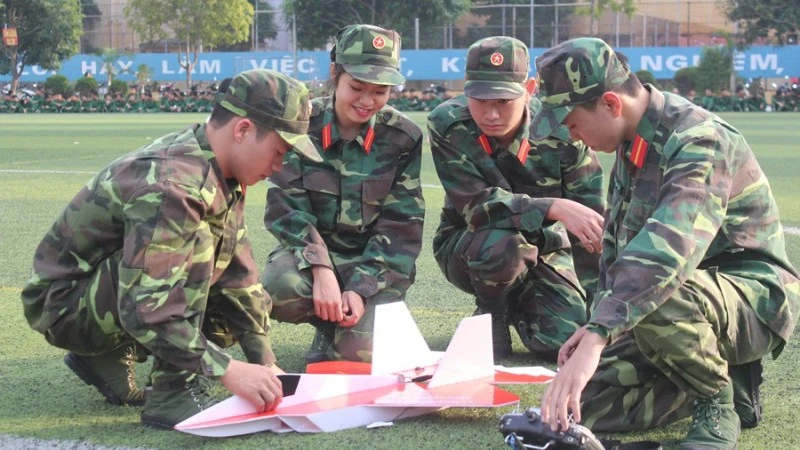


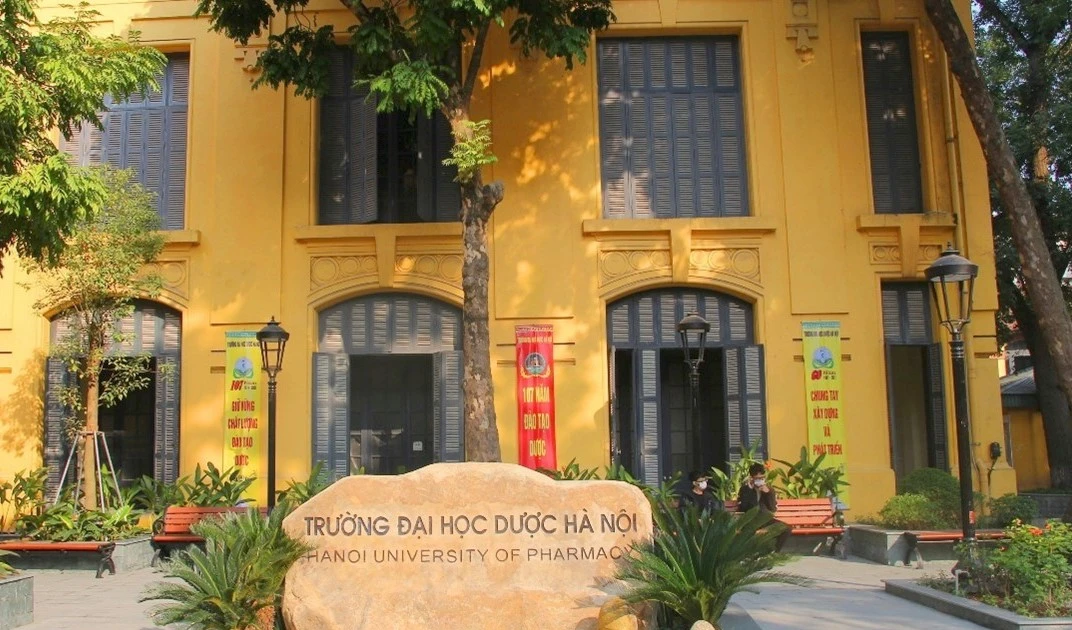
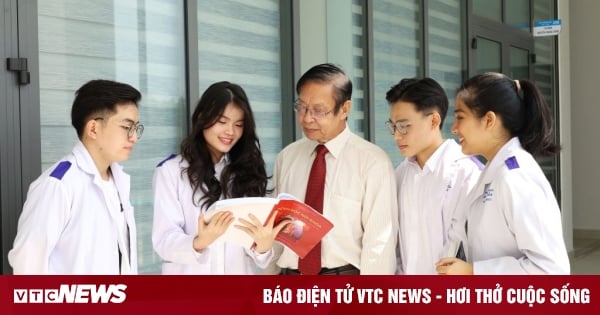

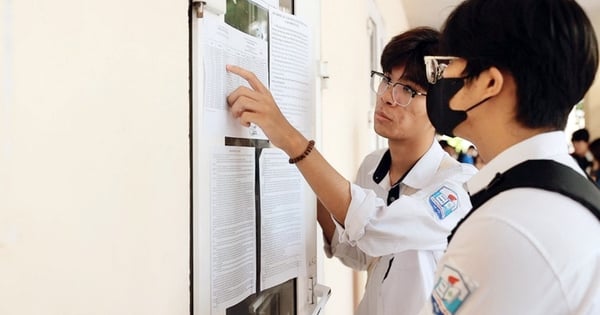









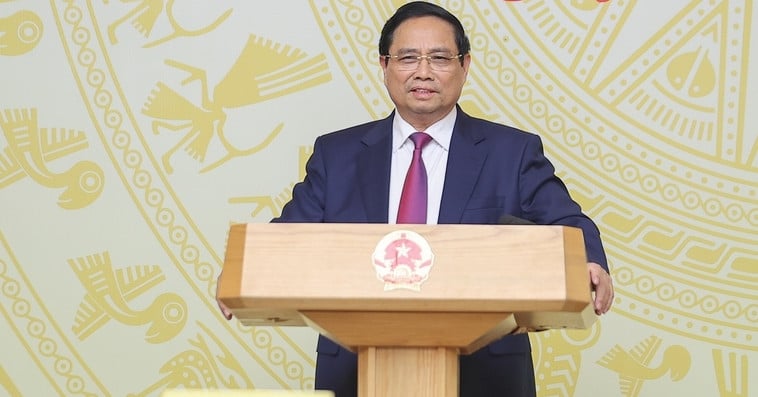


























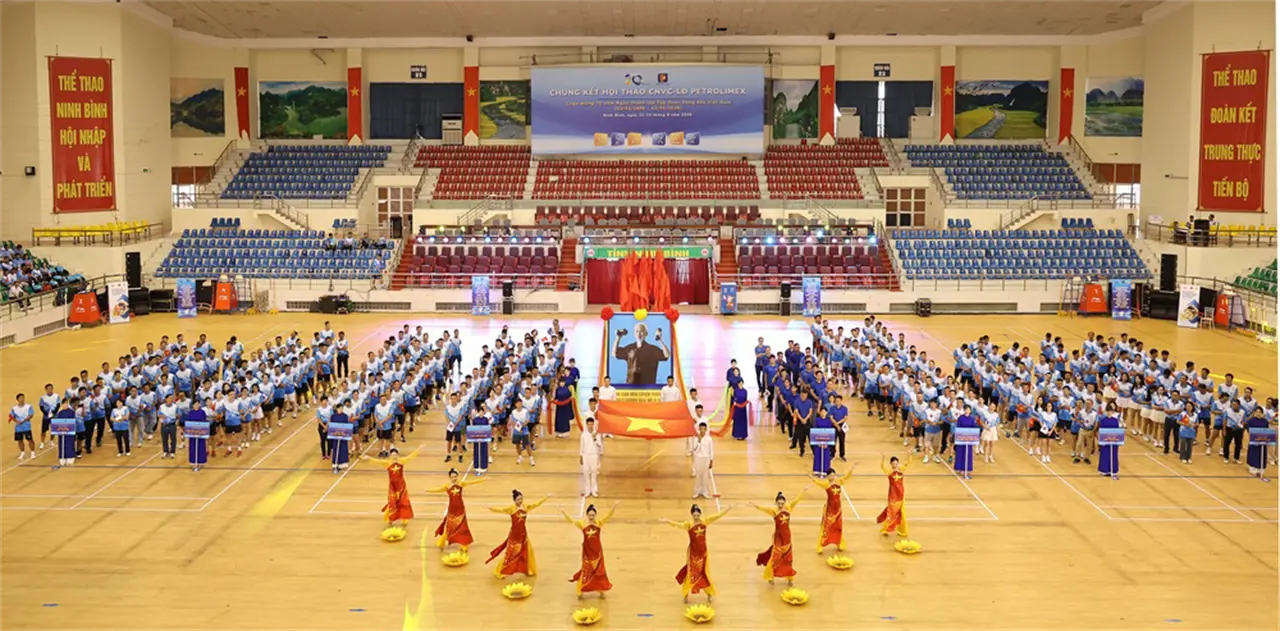







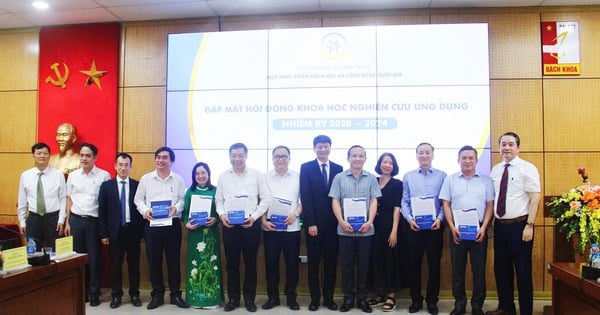

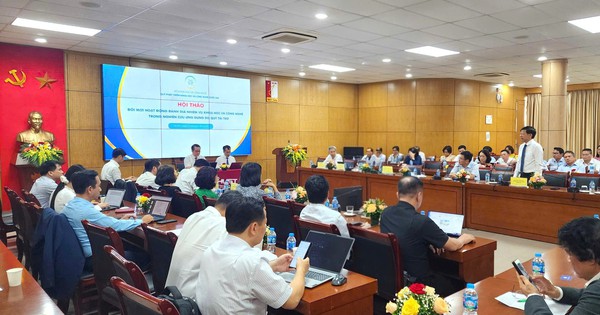
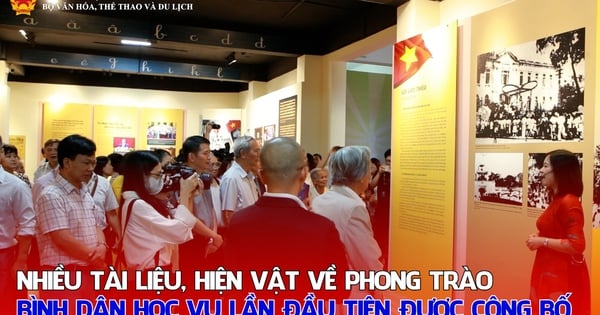


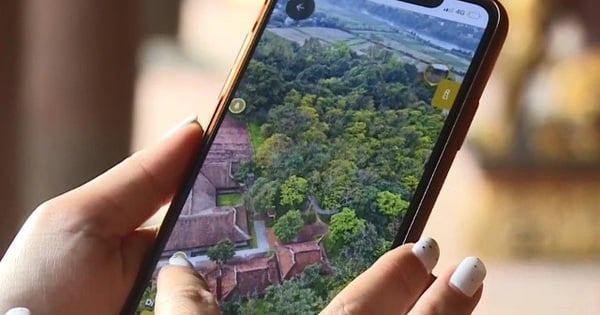





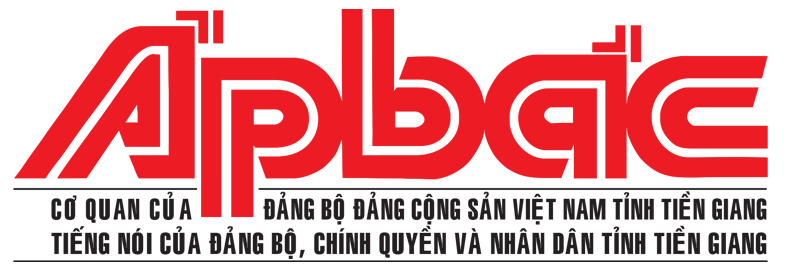


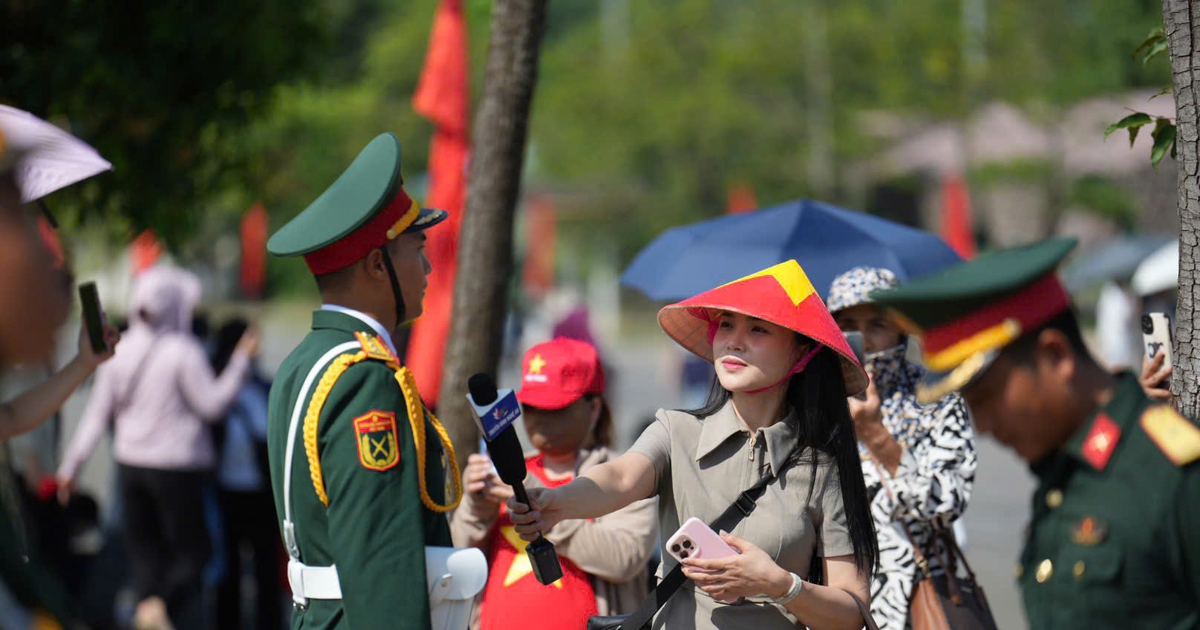

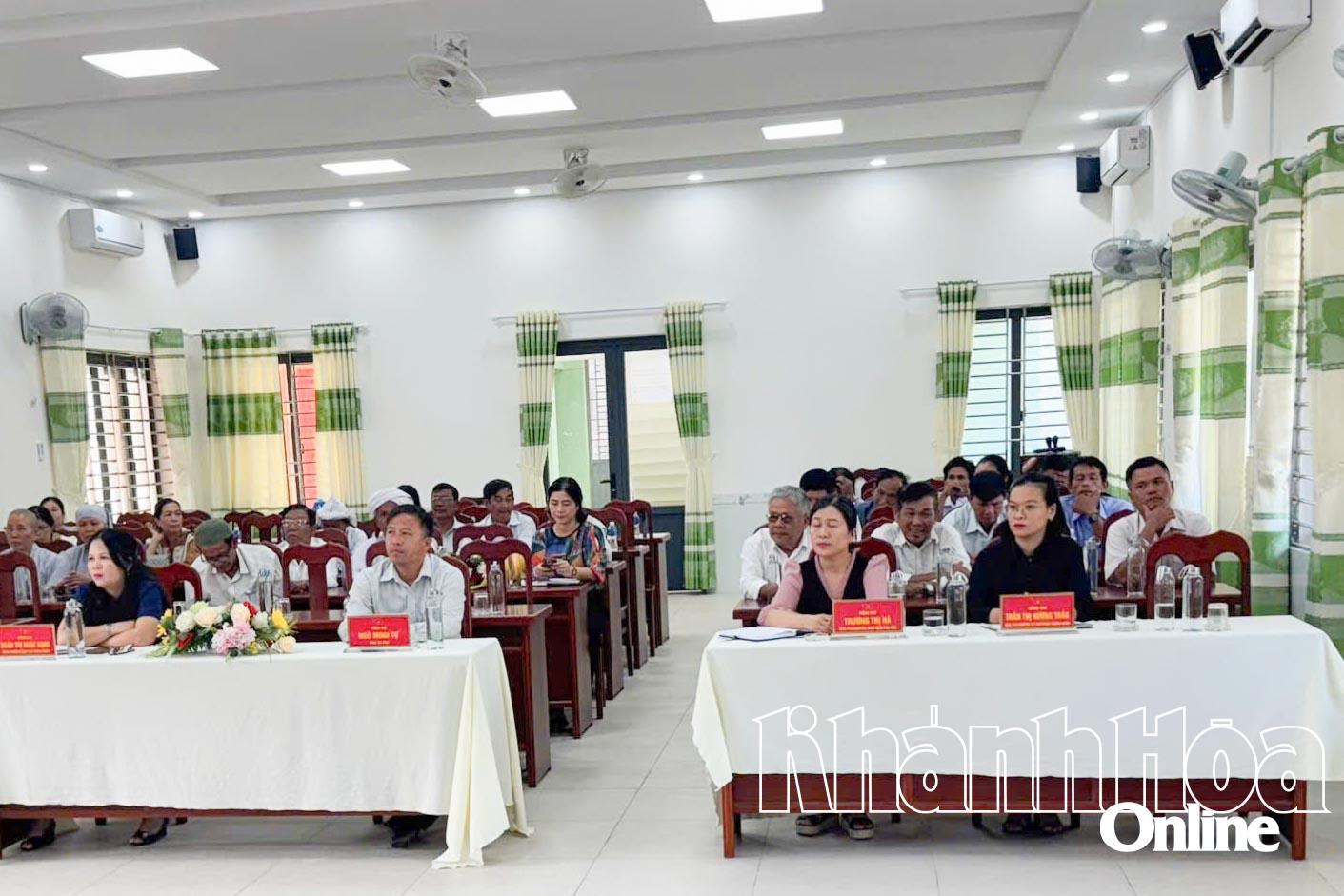

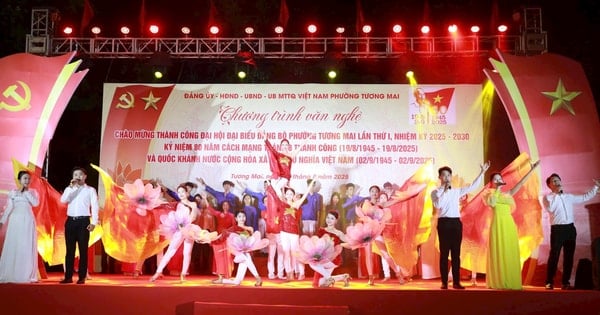














Comment (0)